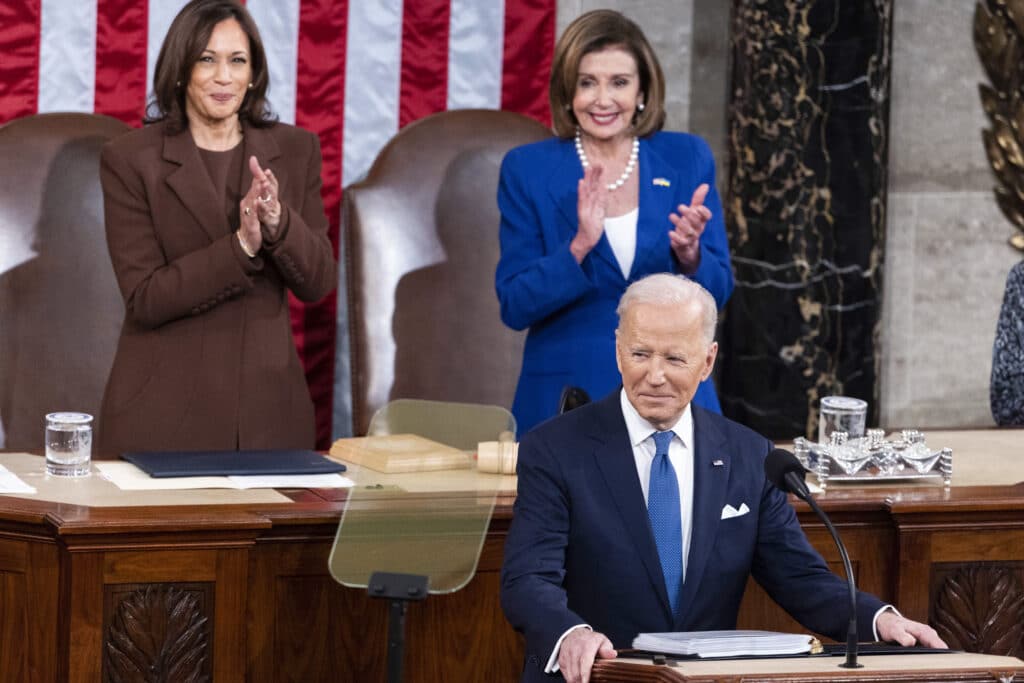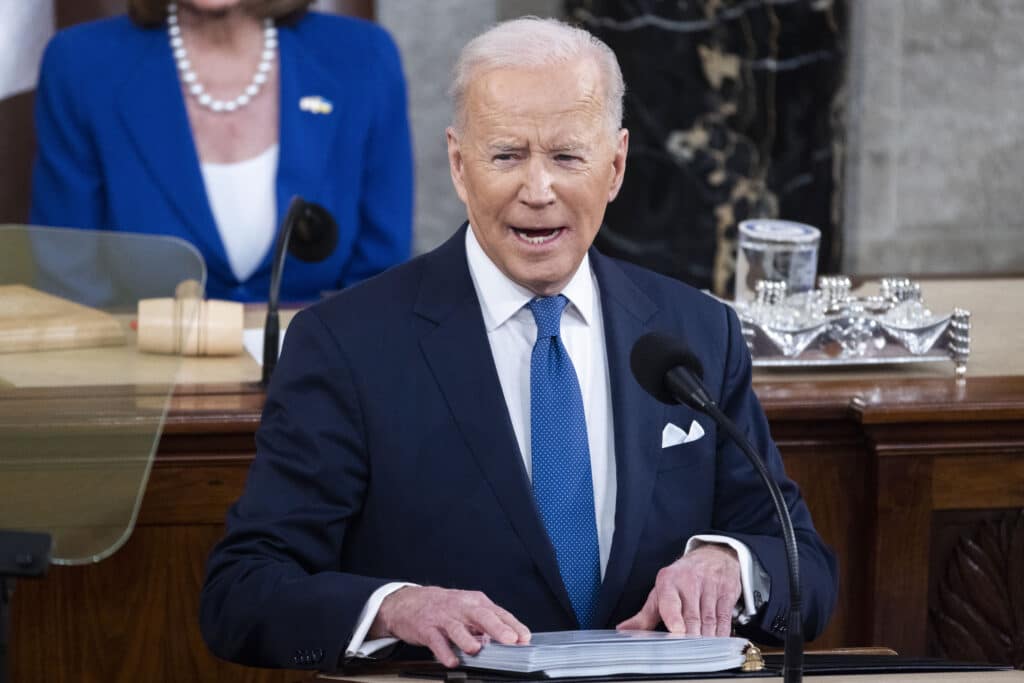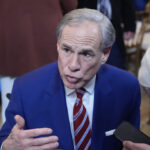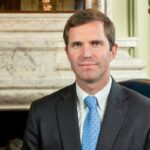President Joe Biden had a tall order tonight in his State of the Union address, to give his plans for the future of the country, convince the American people and the joint session of Congress that our Union is strong, all while grappling with the crisis in Ukraine and extremely sagging pole numbers, as Americans voice their opinions so far of his presidency. The Speech is traditionally the president’s report to the nation on how he sees things are going from his perspective, and each president gives their own spin, as to instill confidence in people of what they and their administrations have accomplished and intend to accomplish, what follows is a fact check of the presidents performance so far. As reported by the AP:
Over the last year President Joe Biden has had to face many tough issues, and tonight he gave his report to the nation on how we are doing
The Associated Press is fact-checking President Joe Biden‘s first State of the Union speech as he grapples with Russia’s invasion of Ukraine, a stalled domestic agenda, and the lingering COVID-19 pandemic.

Some of the claims we’ve examined:
COVID-19
BIDEN: “Severe cases are down to a level not seen since July of last year.”
THE FACTS: Biden overstated the improvement, omitting a statistic that remains a worrisome marker of the toll from COVID-19.
While hospitalizations indeed are down from last summer, deaths remain high. The Centers for Disease Control and Prevention’s COVID tracker shows 289 deaths on July 1, 2021. This past Monday the CDC tracker reported 1,985 deaths.
ECONOMY
BIDEN: “The pandemic also disrupted the global supply chain … Look at cars last year. One third of all the inflation was because of automobile sales. There weren’t enough semiconductors to make all the cars that people wanted to buy. And guess what? Prices of automobiles went way up … And so, we have a choice. One way to fight inflation is to drag down wages and make Americans poorer. I think I have a better idea to fight inflation. Lower your costs and not your wages. Folks, that means make more cars and semi-conductors in America. More infrastructure and innovation in America. More goods moving faster and cheaper in America … Instead of relying on foreign supply chains let’s make it in America.”
THE FACTS: It’s dubious to suggest that more domestic manufacturing means less inflation.
Manufactured products made overseas, particularly in countries such as China or Mexico where wages are lower, are generally cheaper than U.S.-made goods.
Biden also places too much weight on supply chain disruptions from overseas as a factor in the worst inflation in four decades. Although those problems indeed have been a major factor in driving up costs, inflation is increasingly showing up in other areas, such as rents and restaurant meals, that reflect the rapid growth of the economy and wages in the past year and not a global supply bottleneck. Those trends are likely to keep pushing up prices even as supply chains recover.

ELECTRIC VEHICLES
BIDEN, promoting his $1 trillion infrastructure law: “We’re done talking about infrastructure weeks. We’re now talking about an infrastructure decade. … We’ll build a national network of 500,000 electric vehicle charging stations.”
THE FACTS: Not so fast.
The bipartisan legislation approved by Congress ended up providing just half of the $15 billion that Biden had envisioned to fulfill a campaign promise of 500,000 charging stations by 2030.
Biden’s Build Back Better proposal aimed to fill the gap by adding back billions to pay for charging stations. But Sen. Joe Manchin, D-W.Va., in December declared that bill dead in its present form due to cost.
Administration officials now say the infrastructure law will help “pave” the way for up to 500,000 charging outlets by 2030. That’s different than charging stations, which could have several outlets. They say private investments could help fill the gap. Currently there are over 100,000 EV outlets in the U.S.
The Transportation Department’s plan asks states to build a nationwide network of EV charging stations that would place new or upgraded ones every 50 miles along interstate highways. The $5 billion in federal money over five years relies on cooperation from sprawling rural communities in the U.S., which are less likely to own EVs due to their typically higher price.
States are expected to start construction as early as fall.
Source AP
Writers Christopher Rugaber, Ricardo Alonso-Zaldivar, Hope Yen and Calvin Woodward contributed to this report.






